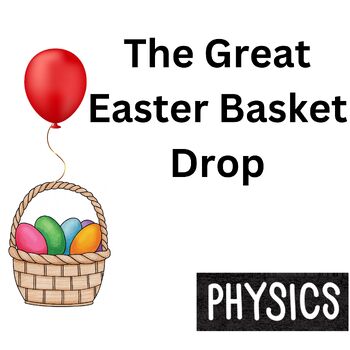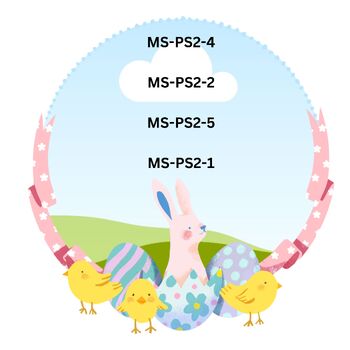Physics The Great Easter Basket Drop Newton's Three Laws
- Word Document File
Description
This engaging activity offers a blend of fun and education, ideally suited for the day before Spring Break.
It presents a creative approach to incorporating Newton's three laws of motion into an Easter-themed lesson, suitable for both traditional classroom settings and homeschool environments. Supporting students' comprehension of Newton's laws, this Easter lab activity explores the interplay between force, motion, and energy.
By utilizing an Easter basket to delve into Free Body Diagrams (FBDs), students can investigate and comprehend the practical applications of these fundamental laws of motion. Within this activity, students will engage with concepts related to force, mass, and acceleration, fostering a deeper understanding of these key principles. To streamline the assessment process, a rubric is included to facilitate grading for educators.




